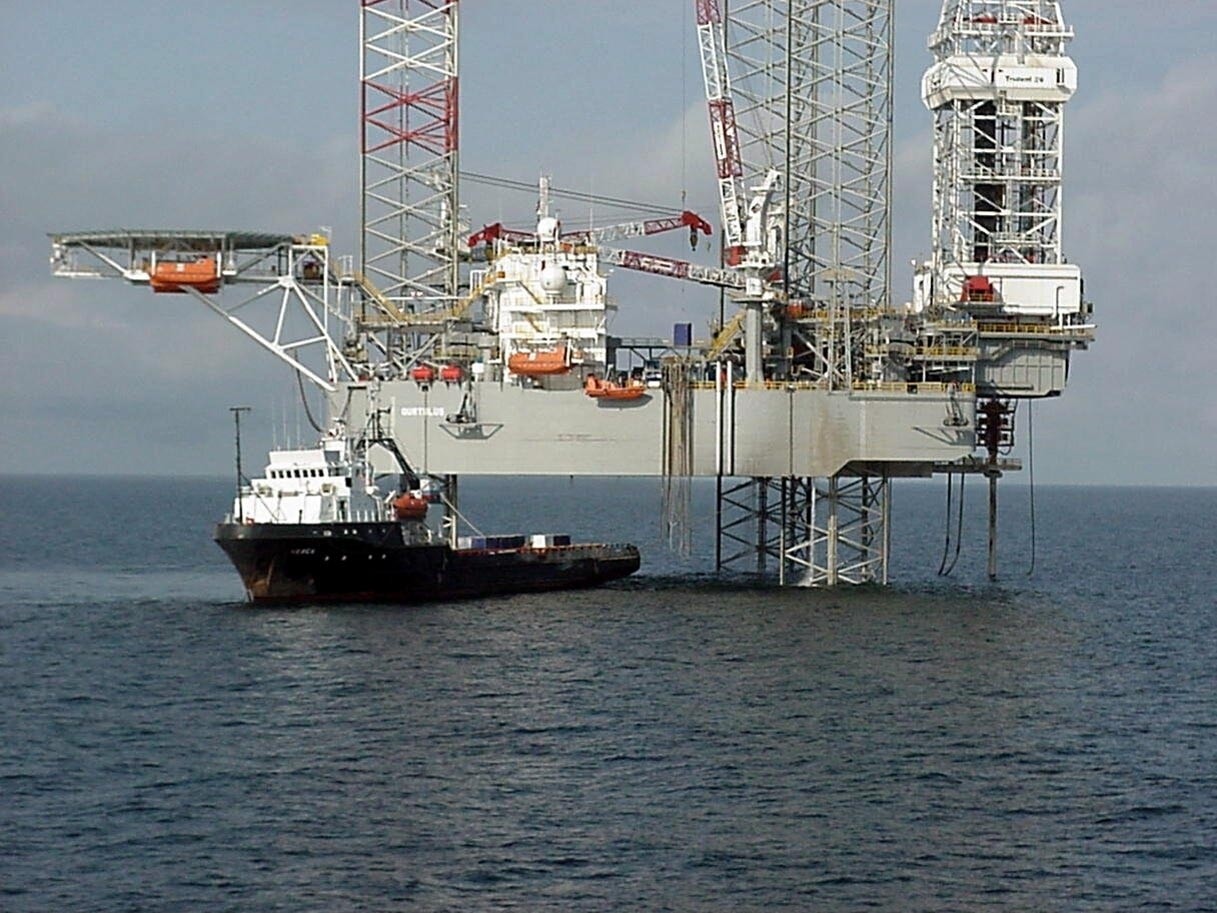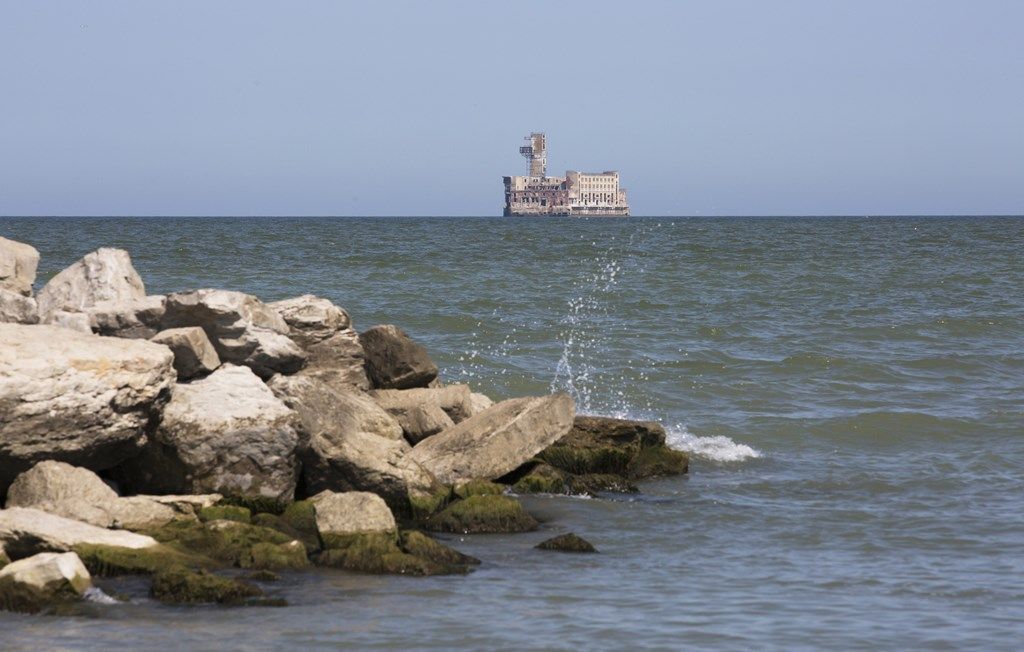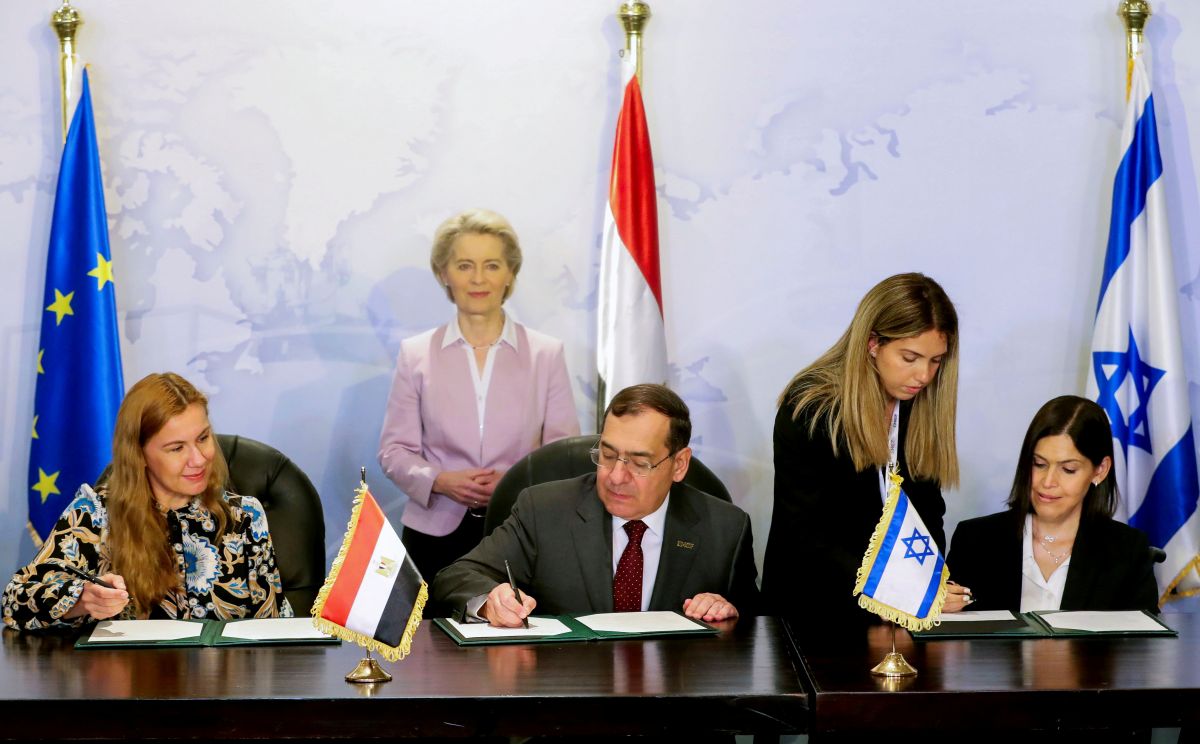EU Seeks to Import More Gas from the Caspian Basin
As part of the diversification of its gas supply sources, the EU reached agreement with Azerbaijan on 18 June to increase imports from the country. The existing capacity of the Southern Gas Corridor (SGC) is to be doubled within five years so that Azerbaijani gas becomes one of the main alternatives to Russian gas. However, the limited gas reserves on the Azeri side, the complicated legal status of the Caspian Sea, and the actions of Russia and Iran to sabotage gas export projects that bypass them on the way to the EU may prove to be severe obstacles. Increasing the SGC’s transmission capacity would be beneficial to Poland as it would limit the role of Russian raw materials on the European market.
 Richard Manin/Anzenberger/Forum
Richard Manin/Anzenberger/Forum
The 18 June memorandum envisages increasing the volume of gas imported by the EU from Azerbaijan from the 10 billion cubic metres (bcm) per year now to 12 bcm in 2023 and to 20 bcm in 2027. The gas is to be transported using the pipeline network of the Southern Gas Corridor, supplying Azeri gas to the EU since 2020. The memorandum is, for the time being, an expression of a political decision by the two sides. Both the technical details of the Azerbaijani gas supply and the financial aspects of the SGC expansion must still be agreed.
Southern Gas Corridor
The Caspian Basin has total proven offshore gas reserves estimated to be at least about 10 trillion cubic metres, accounting for about 6% of global reserves. Despite the fact that in 2018 the littoral states (Azerbaijan, Russia, Kazakhstan, Turkmenistan, and Iran) concluded a convention on the status of the Caspian Sea, the division of the basin and the deposits in it remain disputed. As a result of the de facto production zones, about 12% of the gas deposits on the Caspian shelf fall to Azerbaijan (estimated at 1.3 trillion cubic metres). Azerbaijan’s deposits are the resource base for the 2020 launch of the SGC, a connection from Azerbaijan’s Caspian Sea fields to Italy via the South Caucasus (Azerbaijan-Georgia-Türkiye), Trans-Anatolian (Türkiye-Greece/Bulgaria), and Trans-Adriatic (Greece-Albania-Italy) pipelines. They transport 10 bcm of gas annually to the European market and 6 bcm to the Turkish market. Already at the stage of the agreement on the establishment of the SGC in 2013 it was envisaged that it is technically possible to expand or even double the transport capacity to 32 bcm (20 bcm for the European market and 12 bcm for the Turkish market).
For years, SGC shareholders had been attempting to extend it through the construction of the Trans-Caspian gas pipeline (Azerbaijan-Turkmenistan), which would have increased its resource base with gas fields owned by Turkmenistan, the fourth largest in the world (about 11.3 trillion cubic metres). However, in the absence of progress on the Trans-Caspian pipeline, Azerbaijan, interested in increasing its gas exports to Europe, has made an alternative attempt to secure access to Turkmen gas. To this end, in November 2021 it concluded a gas swap agreement with Turkmenistan and Iran in which Turkmenistan will transfer about 2 bcm of natural gas to Iran, which would then forward the gas to Azerbaijan using existing pipelines bypassing the Caspian Sea. In parallel, Azerbaijan concluded a memorandum of understanding with Turkmenistan on the joint exploitation of the Dostluk gas fields, located in the border area of the two countries’ production zones.
Opportunities Related to the Potential Expansion of the SGC
The SGC’s economic significance for the EU is limited, as it currently supplies less than 3% of the EU’s natural gas imports (e.g., in 2021, the volume of gas imported into the EU from Russia was 15 times greater). However, the SGC is one of the EU’s most politically visible projects for diversifying gas sources from the southern direction. It is also one of the most important instruments of EU policy towards the South Caucasus and in Central Asia, providing the basis for transactional cooperation in the area of EU raw materials with Azerbaijan and creating the potential for cooperation with other countries in the region.
The SGC is significant economically to its shareholder countries. Azerbaijan, for which gas accounts for 95% of exports and 75% of budget revenues, doubled its gas export capacity thanks to it. In the case of Turkmenistan, gas accounts for 95% of exports and 80% of budget revenues. The western direction of gas exports would guarantee the country much greater stability and security of operation of its transmission infrastructure than projects in the Asian direction, headed by the still unrealised TAPI (Turkmenistan-Afghanistan-Pakistan-India) pipeline due to the unstable situation in Afghanistan and Pakistan’s Baluchistan. With SGC, Türkiye aims to become a transit hub for raw materials supplied to Europe from the Caspian Basin. Other countries in the region interested in extending the SGC are also economically dependent on gas production and export, which has led them to seek European investment in the sector for years. The SGC and its potential extension to the Trans-Caspian section would give them the opportunity to sell gas to the European market at higher prices than the Asian market (about four times higher).
Challenges for SGC Expansion
Obstacles to expanding the network’s capacity include the limited production capacity of Azerbaijan’s production fields and their limited lifetimes. This aspect has been pointed out by energy corporations, including BP, which is one of the main gas producers in Azerbaijan. This calls into question the economic justification of the SGC’s expansion. Therefore, increasing its capacity simultaneously raises the need to increase its resource base by providing access to deposits located in other countries’ economic zones, for example, through the Trans-Caspian pipeline. This, however, is currently impossible due to the complicated legal status of the Caspian Sea. By invoking the 2018 Convention, countries wishing to counteract the creation of gas transportation projects to the EU that bypass them (i.e., Russia and Iran) can effectively block such projects using the Convention’s provisions on environmental standards and other measures.
Conclusions and Prospects
The memorandum concluded by the EU with Azerbaijan does not include a detailed action plan for expanding existing infrastructure or guaranteeing the resource base. Doubling the SGC’s existing transmission capacity within 5 years is unlikely in view of the existing challenges related to the need for technical expansion of transmission infrastructure (not only for the SGC but also transmission infrastructure in Azerbaijan and Italy). In addition, increasing the SGC’s resource base also seems difficult to achieve at present. The construction of transmission infrastructure at the bottom of the Caspian Sea will be effectively blocked by Russia and/or Iran. Also, Azerbaijan’s gas swaps with Iran and Turkmenistan are an ad hoc solution that does not guarantee stability and regularity of supply and are limited in volume.
In contrast, increasing the SGC’s transport capacity by 2 bcm by 2023 is only possible if the Turkmen-Iranian-Azeri gas swaps are effectively implemented, or if some of the Azeri gas supplied to the Turkish market is redirected to the EU. Potential shortages of Azeri gas would be of limited importance to Türkiye and could be easily replaced by, for example, increased gas offtake at LNG terminals or from Iran (among other things, this was discussed by the presidents of Türkiye and Iran at the Tehran summit in July).
The SGC is already one of the most important projects for diversifying the EU’s gas supply, especially in view of the Union’s problems implementing other connections in the southern direction, with the common goal of replacing Russian gas, along with the development of European LNG receiving capacity. Increasing the SGC’s capacity will strengthen its importance for the EU (up to about 5% of gas imports through 2027 if its capacity can be effectively doubled). However, the SGC strengthens the EU’s position in the region only to a limited extent as a partner in transactional and sectoral cooperation for regional exporters such as Azerbaijan and potentially Turkmenistan, with no increase in its political influence. Increasing the SGC’s transmission capacity is beneficial for Poland because it will limit the role of Russian raw materials on the European market. Polish companies (PGNiG) may also seek to participate in possible upstream projects in the Caspian Sea.





